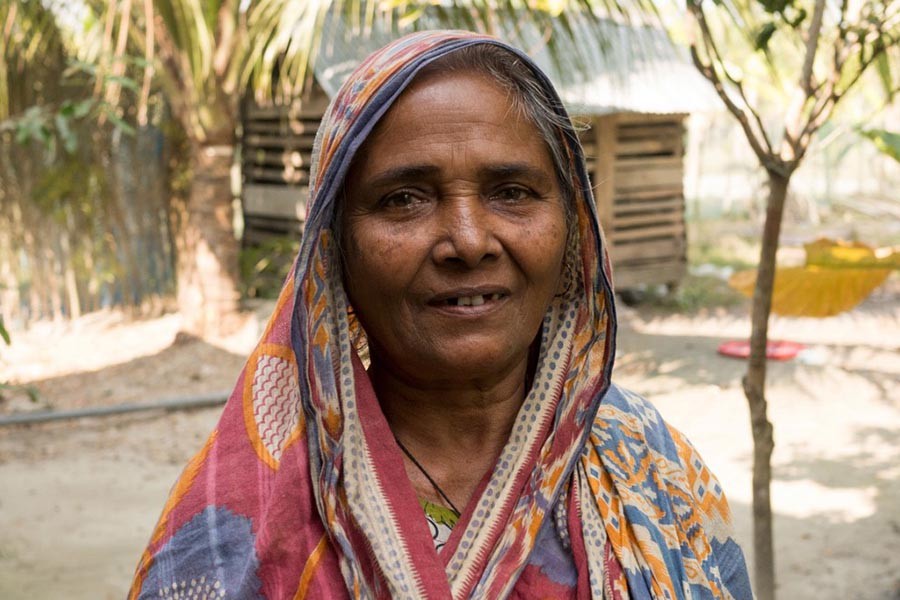According to an appraisal by the Bangladesh Bureau of Statistics (BBS), there has been a significant increase in the ratio of female-headed households to male-headed ones. During the two decades between 1994 and 2014, the rate of increase in female headship had been modest -from 8.7 per cent to 12.5 per cent (World Bank figures). That means a little more than four per cent rise in female-headed families over a 20-year period working out to a very slender annual rate of increase in this respect.
Against this backdrop, the just-reported spurt in the female-led households from 12.5% in 2014 to 14.5 % or thereabouts in 2017-18 makes you sit up and wonder how in less than four years there has been such a marked increase in the percentage of households headed by women. Given rapidity of the trend in recent years and the high absolute number of our population, are we looking at a geometric progression in woman-headed households!
What are the factors behind the uptrend in the feminisation of the headship of families? The causes are wide-ranging: Death of husband as the only earning member, ineligibility of the man to run his family for any number of reasons, divorce or abandonment, husbands working abroad (figures high in Chattogram and Sylhet) and greater employability of women in certain sectors.
The ILO flagship report titled, "World Employment and Social Outlook -- Trends 2018" stated that female employment has seen a 35% increase to reach 18.1 million from 2008--2017. Fuelled by the industry sector -- garments -- where the female is mostly employed, male labour is in short supply to the farming sector leaving women to fill up the vacuum. As earning members and sensible spenders women are participating in decision-making at the family level.
Generally, women are triply disadvantaged: 'They experience the burden of poverty, gender discrimination and absence of support as member of the household.' Even in the female-headed households, the woman would solicit help from one or the other male member of the extended family or a fellow villager in the neighbourhood.
Some research work has been focused on utilising the potential of the female-headed households in curbing incidence of poverty. Actually, one line of thinking is 'if female-led households are in fact poorer than other households, headship should be seriously considered as a potentially useful criterion for targeting anti-poverty interventions.' There is a contrarian viewpoint based on an assumption that such incentive may trigger proliferation of female headship not necessarily leading to reduction of poverty.
Spread of functional literacy, especially among adult illiterate women and men can be a big catalyst for generating balanced gender relationship. But let's not forget that an inexpensive yet powerful method of raising economic and social status of women lies in monetising women's contribution to the upkeep and welfare of their families. Their routine value addition to the GDP needs to be reciprocated through a package of support to incentivise their development and creativity.
In the corporate, business, entrepreneurial and government sectors women are gaining entries by virtue of equal opportunity policies of recruitments. Yet, in moving them up on policy- and decision-making ladders matching efforts are still awaited.
One final word-since female-headed households are a relatively new phenomenon, this should attract focused research undertakings.


